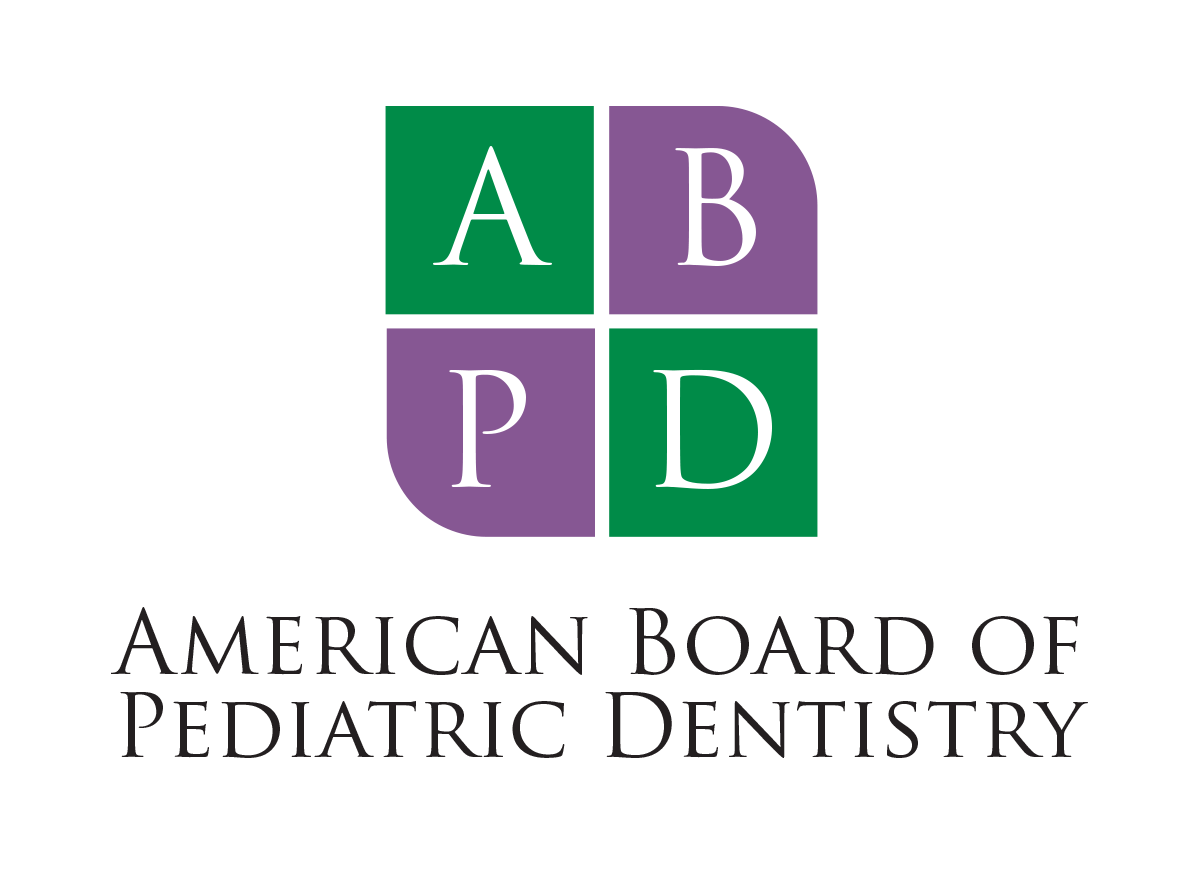Healthy smiles begin here

Office Hours
New York, NY 10019

Our Services
Our Team
.avif)



How we serve you better

Testimonials
Gallery








Office Tour
Blog
FAQ

In addition to 4 years of a graduate school program, pediatric dentists complete an extra 2 years of schooling to specialize in working with children. Our Manhattan, New York pediatric dentists completed a residency that provided preparation and education on how to work with younger children and how to make their dental experience a pleasant one. Both Dr. Lauren Feldman and Dr. Stephanie Karapetian’s training included specialization in nitrous oxide, oral sedation, and general anesthesia. A pediatric dentist is also trained in understanding growth and development of teeth, and can offer advice on early treatment of crooked or misaligned teeth.
Our philosophy is if you take your child to a pediatrician, then you should also take your child to a pediatric dentist.

Your child should first see a dentist at the sign of his or her first tooth, or by 1 year of age. Children’s teeth normally start erupting around 5 to 6 months of age. At the age of 1, our pediatric dentists will evaluate the existing teeth, as well as the rest of the head and neck area to make sure everything is healthy and well-timed. Our specalists will be able to share their knowledge on diet and oral healthcare and answer any questions you may have regarding your child’s health, wellness, and development.
Many childhood dental problems are preventable. Our philosophy is that if you start early, you have the ability to prevent problems before they develop.

You should begin brushing your child’s teeth when his or her first tooth comes in. In areas where teeth have not come in yet, use a piece of gauze with water to clean and remove any food that may be present.
A “smear” of toothpaste that contains fluoride can be used when teeth begin to erupt. The amount of fluoride in a smear is very low and will not affect your child if they were to accidentally ingest it.
When your child turns 3, they may begin using a “pea” size amount of toothpaste with fluoride.

At a young age, children are very excited to be independent and brush their own teeth. Unfortunately, they do not have the motor skills or knowledge to adequately clean all the areas of their mouth until about 6 to 7 years of age.
Let your child have the satisfaction of brushing his or her own teeth, but make sure you monitor, guide, and follow up to give their teeth an extra scrub.

The first step is to bring your child to the dentist as early as the age of 1. The earlier your child becomes acclimated to a dental environment, the more comfortable he or she will be. Remember, the earlier you bring your child in, the more preventive care our dentists can provide. By bringing your child in every 6 months for a routine cleaning, they will become more comfortable, create consistent habits, and have a better experience each time.
Parents can inadvertently project their own fears of the dentist upon their child. As your child is not aware of your experiences, it is best to create a positive and fun adventure for him or her. As pediatric dentists, we concentrate on reducing fears, personalization of each visit, and making each child feel at ease.
We also recommend avoiding using the dentist as a scare tactic. If your child is uncooperative, allow our specialists to talk to him or her and give them support and positive reinforcement. With proper management, even the most difficult procedure can turn into an easy task.

A dental crown is needed if a cavity is too large, or close to a nerve. Our pediatric dentists will try their best to save the tooth with a tooth-colored filling, however, with a larger cavity, a crown is the best method to restore the tooth.
Baby root canals (pulpotomies) are done when the decay is close to the nerve. By removing the superficial nerve, the bacteria will have less of a chance of infecting the tooth and can extend the life of the tooth.

Cavities come in all sizes, shapes, and colors. As a result, coming every 6 months is crucial as your dentist can recognize a smaller cavity and fix it before it becomes enlarged.






































